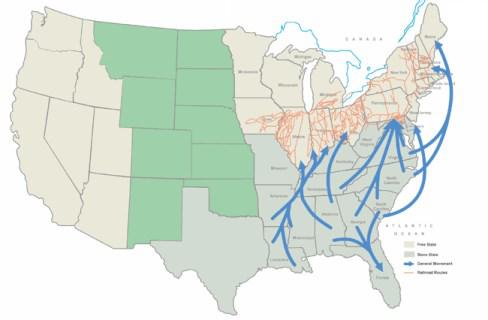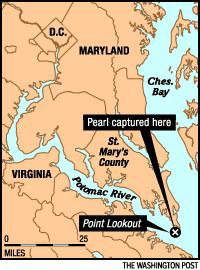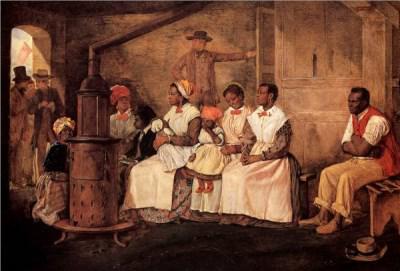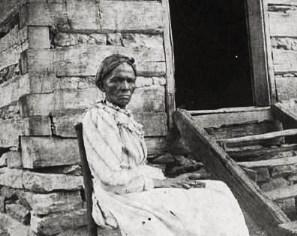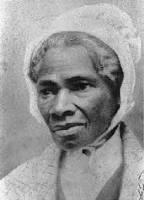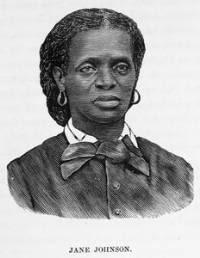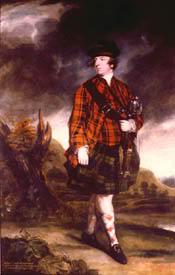Ohio was the Promised Land According to Ohio State University history professor Wilbur Siebert, Ohio had the most estensive Underground Railroad network of any other state, with an estimated 3000 miles of routes used by runaways. There were more that twenty points of entry on the Ohio River, and as many as ten exit points along Lake Erie. Image: Underground Railroad Monument Created by Cameron Armstrong at Oberlin College Terminology The Underground Railroad did not run on tracks, nor was it under ground. The word underground was used because helping escaped slaves was illegal and must be kept secret. The word railroad spawned other terms to describe people and places associated with the practice of assisting runaway slaves: • Slaves…

